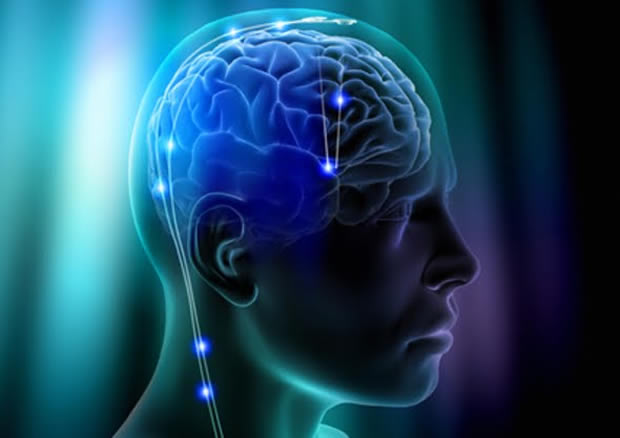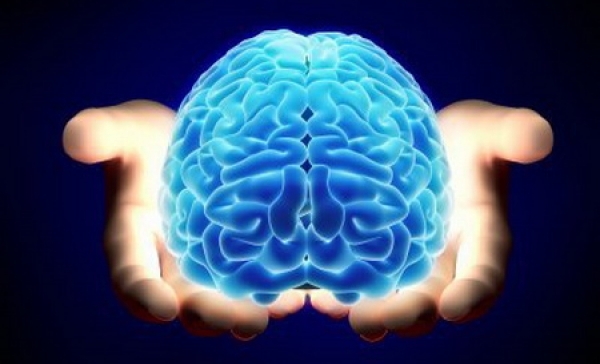 According to a study by a group of researchers from the Champalimaud Foundation, time is represented within a specific area of the brain, called the striatum, where neuronal activity passes as a slow wave, that is, in a sequential way.
According to a study by a group of researchers from the Champalimaud Foundation, time is represented within a specific area of the brain, called the striatum, where neuronal activity passes as a slow wave, that is, in a sequential way.
Imagine you are driving to work, late for an important meeting. He's almost there, but he has to stop at a red traffic light. When will it start? If you do it too early, it will use up fuel and energy, but if you do it at the right time, you will be able to get to work in time for the meeting. Estimating the right time to perform an action essentially depends on our innate ability to control time. But what is the neural mechanism that supports this ability?
“We know that for actions to be successful, the brain has to keep track of time,” explains Joe Paton, principal investigator at the Champalimaud Center. "Time is implicit in nature, and it is difficult to separate the behavioral and sensory context, which makes its study a challenge."
For the study published on April 23 in the scientific journal Current Biology, the researchers focused on a region of the brain called the striatum. “There is a lot of evidence indicating the striatum as the area of the brain responsible for so-called timing,” says Paton, “for example, in many pathologies where this area of the brain is affected, such as Parkinson's and Huntington's disease, patients have dysfunctions. in that control of time”.
Gustavo Mello, PhD student in the group led by Joe Paton, explains how they tested the time-control behavior in rats: “We prepared a task in which rats had to press a lever to receive a reward, which was only available periodically. For example, over a sequence of 15 trials, the new reward was only available 30 seconds after the last reward received. In order to understand if the rat was able to estimate the different time intervals, after these 15 trials, the waiting time was randomly changed to shorter or longer”.
The researchers observed that the rats changed their behavior with different waiting times. “In the same way that we behave when we wait for a traffic light to turn green, rats also seem to prefer not to waste energy and only press the lever when enough time has passed”, explains Gustavo Mello.
 To understand what neuronal mechanism underlies this behavior, the researchers recorded the activity of neurons in the striatum while the rats performed the task. The results revealed that the representation of time is encoded in a disseminated way, that is, across the entire population of neurons in the striatum.
To understand what neuronal mechanism underlies this behavior, the researchers recorded the activity of neurons in the striatum while the rats performed the task. The results revealed that the representation of time is encoded in a disseminated way, that is, across the entire population of neurons in the striatum.
“We found that every time the rats started a task, their neurons responded through slow but reliable waves of sequential neuronal activity”, says Sofia Soares, also a PhD student in this research group.
“This sequential neuronal activity remained throughout the different wait times, but its timing changed. That is, when the waiting time was longer, the sequence was slower and vice versa. Thus, the sequence increased or decreased according to the interval between the animal's behavior and the arrival of the reward. In this way, it is enough for us to look at the place where the wave of neuronal activity is found in the population of neurons in the striatum to see how much time has passed.
But to what extent does shortening or expanding a sequence help us understand how the brain controls time?
According to Gustavo Mello, “this information indicates that time in the brain is something relative, not absolute, since it is measured as a point within an interval and not as a unit, like a second or an hour”.
“This is the first time that the diversity of dynamics of neuronal activity in the striatum has been studied during a timing task. This study allowed us to demonstrate that populations of neurons encode the notion of time in a manner consistent with timing behavior. Furthermore, we found that neurons combine both motor and timing information. This combination of time and actions is consistent with all selection and action motor learning, which are functions in which the striatum plays an essential role,” concludes Joe Paton.
Author: Maria João Soares – Champalimaud Foundation
Science in the Regional Press – Ciência Viva


















Comments